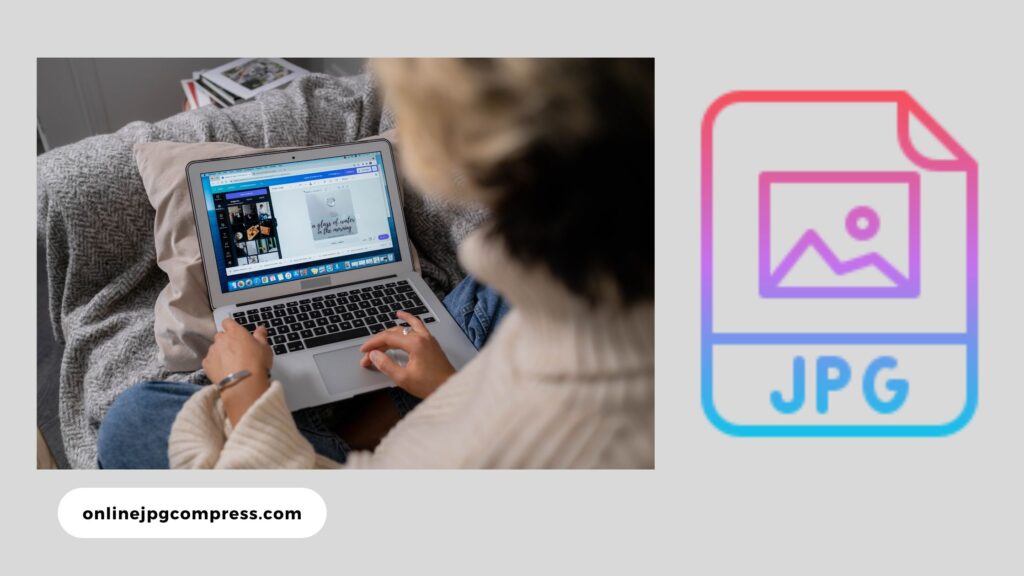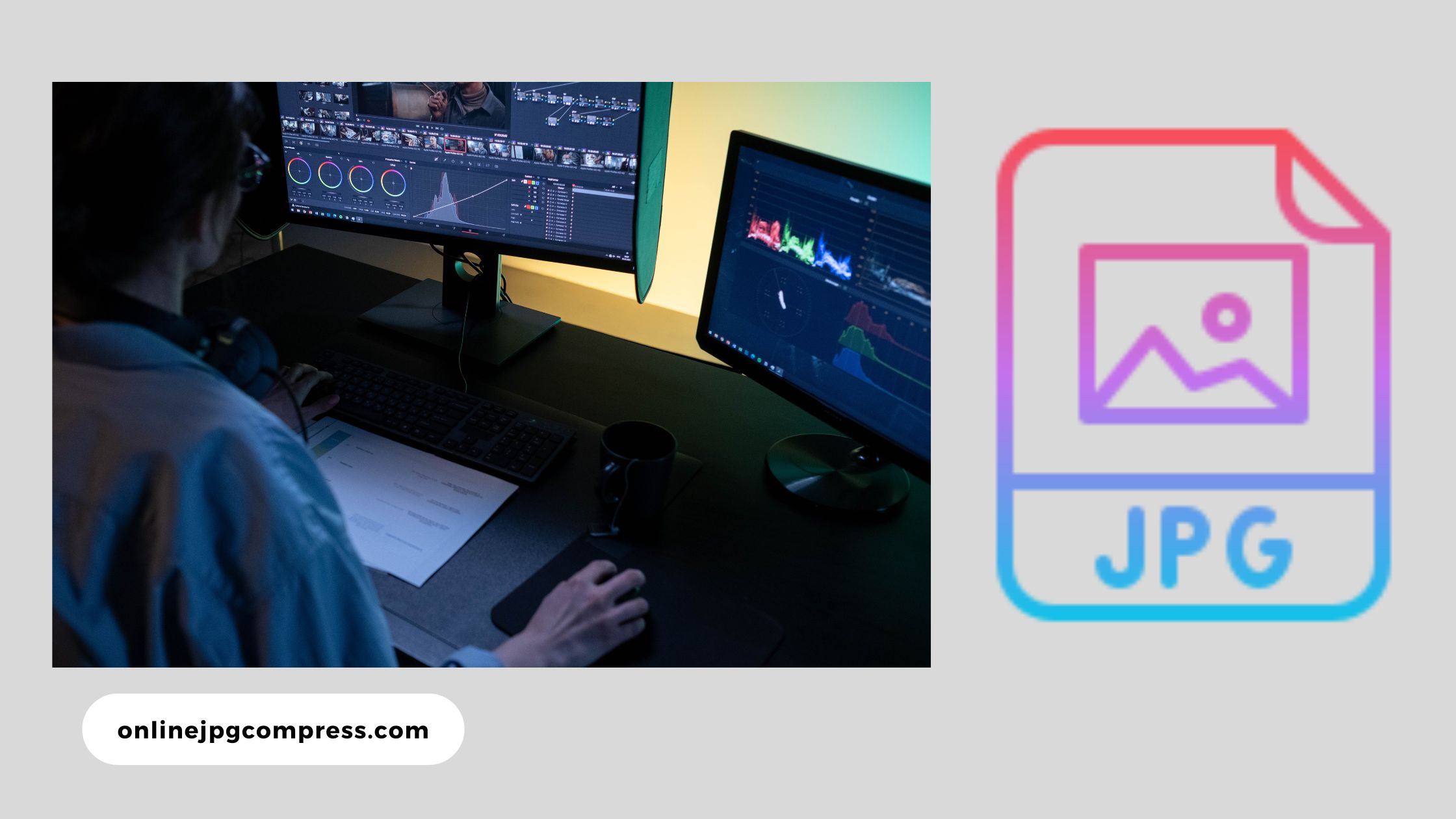Introduction
In the digital era, where visuals command attention and online experiences are shaped by speed and efficiency, the need for effective image management has never been more critical. JPG photo compress emerges as a powerful solution.
Offering individuals and businesses in the United States the ability to optimize their visual content without compromising quality.
This article aims to provide a comprehensive guide to JPG photo compression, exploring its importance, methods, and the best practices for users seeking to enhance their online presence.
Read this – Mastering Web Efficiency: The Ultimate Guide to Compressing JPG File

Understanding the Significance of JPG Photo Compression
JPEG, or JPG, is a widely used image format known for its versatility and balance between quality and file size.
However, high-quality JPG images can be bulky, posing challenges for website loading times, storage capacity, and overall user experience.
JPG photo compression becomes a crucial tool, allowing users to reduce file sizes and enhance loading speeds while preserving the visual integrity of their photos.
Key Benefits of JPG Photo Compression
Enhanced Website Performance:
In the competitive online landscape, website loading speed is a critical factor influencing user satisfaction and search engine rankings. Compressing JPG photos ensures faster page loading times, contributing to improved website performance and user engagement.
Optimized Storage Space:
High-resolution photos often demand significant storage space. JPG photo compression provides a solution for users looking to optimize storage without compromising the quality of their visual content, a valuable asset for individuals and businesses with limited storage resources.
Efficient Bandwidth Utilization:
In an era where data efficiency is paramount, compressed JPG photos contribute to bandwidth optimization. This is particularly advantageous for mobile users and individuals with limited data plans, ensuring a smoother browsing experience.
Swift Image Sharing:
Compressed JPG photos facilitate quicker uploads and downloads, streamlining the process of sharing visual content across various platforms. This is particularly beneficial for social media enthusiasts, content creators, and businesses engaged in online marketing.

Methods of JPG Photo Compression
Online Compression Tools:
Numerous online platforms offer free and user-friendly JPG compression services. Websites such as TinyPNG, JPEG-Optimizer, and Compressor.io allow users to upload photos, adjust compression settings, and download the optimized files effortlessly.
Desktop Software Applications:
For users who prefer offline solutions, desktop software applications provide robust JPG compression features. Notable examples include FileOptimizer, IrfanView, and GIMP, each offering customization options and batch processing capabilities.
Image Editing Software Plugins:
Many popular image editing software applications, including Adobe Photoshop and Lightroom, include built-in compression features. Users can seamlessly adjust compression settings during the editing process, incorporating compression into their overall workflow.
Programming Libraries for Developers:
Developers seeking to integrate JPG compression into their applications can utilize programming libraries like ImageMagick or the Pillow library in Python. These libraries provide extensive control over compression parameters, enabling developers to tailor the compression process to their specific needs.
Choosing the Right JPG Photo Compression Tool
User-Friendly Interface:
An effective JPG compression tool should boast an intuitive and user-friendly interface, ensuring accessibility for users with varying levels of technical expertise.
Compression Customization:
The ideal tool allows users to customize compression settings, striking a balance between file size reduction and acceptable photo quality. This flexibility ensures optimal results for different use cases.
Batch Processing Capability:
For users dealing with a large number of photos, a tool with batch processing capabilities streamlines the compression process, saving time and effort.
Platform Compatibility:
Whether online or desktop-based, the chosen tool should be compatible with the user’s preferred platform, be it Windows, macOS, or Linux.
Security and Privacy:
Given the sensitive nature of photos, the selected JPG compression tool should prioritize user security and privacy. Opting for tools that operate securely and do not compromise personal or business data is paramount.

Conclusion
JPG photo compression emerges as a transformative tool for individuals and businesses seeking to optimize their visual content in the digital landscape.
By understanding the significance of compression, exploring various methods, and selecting the right tools, users in the United States can unlock the full potential of JPG photo compression.
This comprehensive guide serves as a roadmap, empowering users to make informed decisions, enhance their online visuals, and ensure a seamless and visually appealing digital experience in an ever-evolving digital environment.

1 thought on “Picture Perfect: Mastering JPG Photo Compression for Optimal Impact”